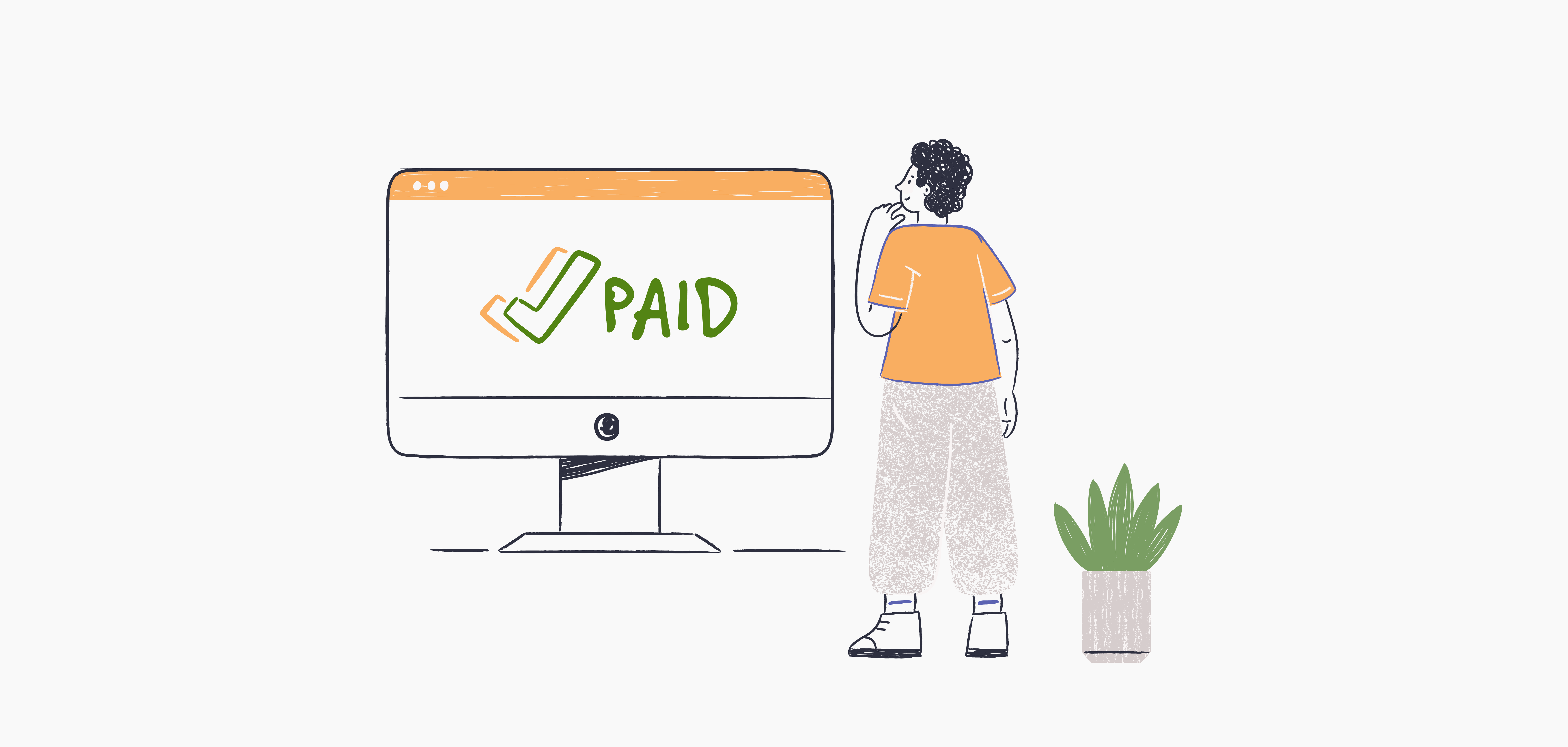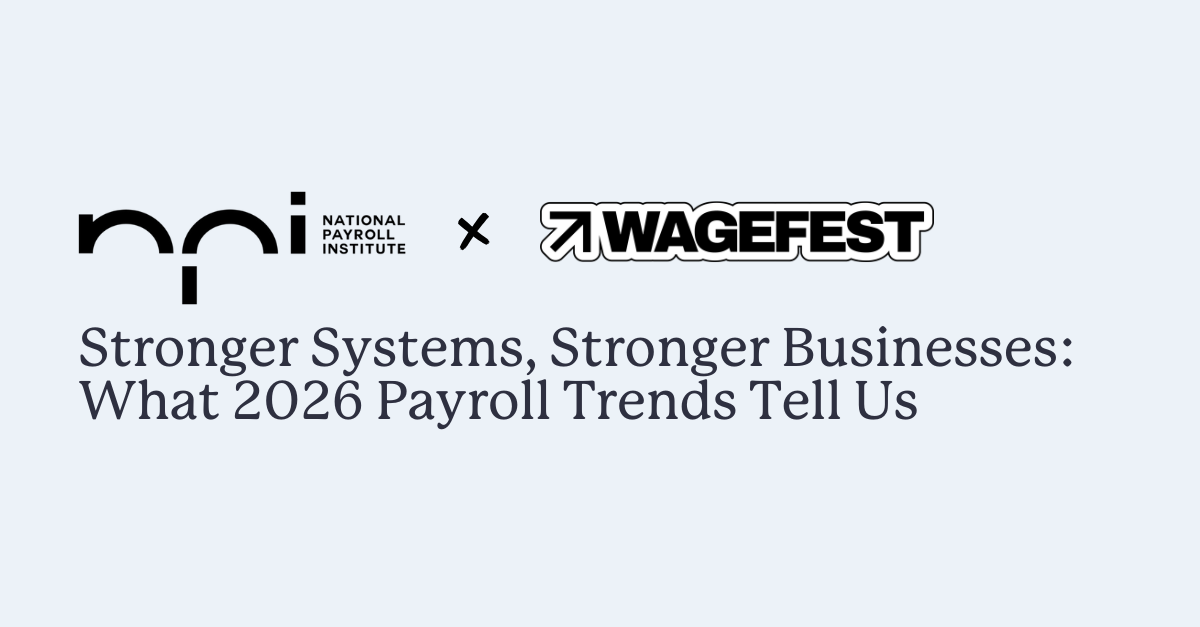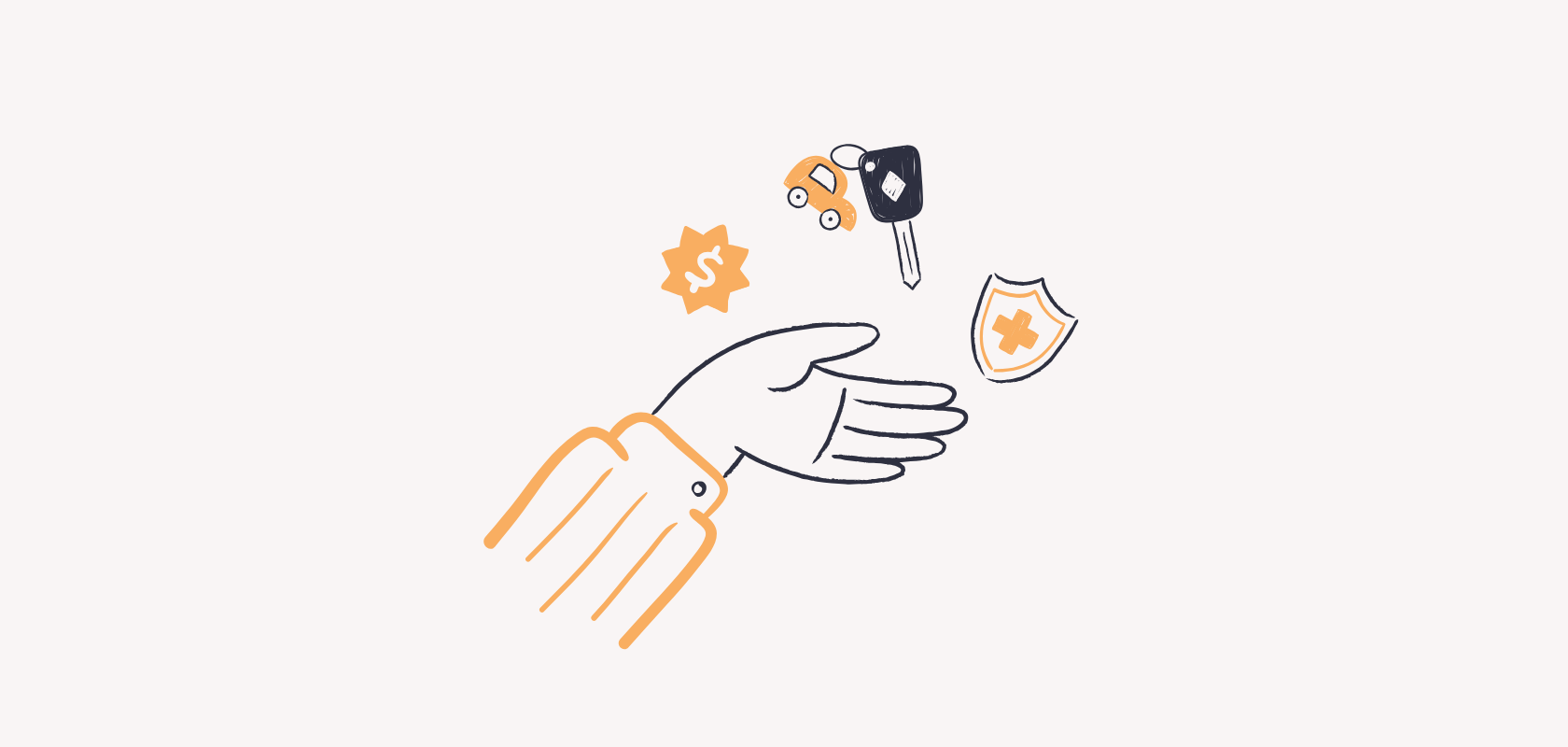Become an insider!
Get our latest payroll and small business articles sent straight to your inbox.
Choosing the right payroll software features is a big decision. For small businesses, it’s easy to focus on what makes your life easier — tools that save time, keep you compliant, and don’t require you to moonlight as a CPA to understand.
But when you’re evaluating payroll software, it’s worth remembering: your employees don’t see what happens behind the scenes. They’re not thinking about remittances or reconciliations; they care about their own experience. So it’s just as important to look for the employee payroll software features that benefit them.
Employee trust is built on payday
For employees, payroll is deeply personal. It’s about trust, stability, and feeling valued.
The features you choose can directly impact how your team feels about working for you. Tools that ensure accurate, on-time pay and clear communication help build loyalty, while mistakes and delays do the opposite.
A study by the National Payroll Institute found that 94% of working Canadians would consider leaving their job if their pay was regularly delayed, and 91% would consider quitting if their pay was regularly inaccurate.
It’s not just about dollars and cents. It’s about whether employees feel respected and secure in their roles.
“Employees need to trust that they’re being paid and treated fairly. The last thing they need to worry about is their pay. Would you stay with an employer if you weren’t being paid fairly or correctly and always fighting your paycheque? Probably not.” — Janice Rutledge, Payroll & Benefits Lead, Wagepoint
That’s why the right employee payroll software features matter. Let’s take a look at the ones that help you build trust and retain a happy team.
Payroll perks your team will actually notice
1. Direct deposit
Paying employees by cheque is so 1998 (no offense, 1998). These days, employees expect their pay to show up reliably and on time, directly in their bank account.
Even better? Some payroll solutions let them split that deposit between multiple accounts. With Wagepoint, employees can deposit their pay into up to four different bank accounts. That means sending cash straight to savings without having to think about it — a small feature with a big impact.
“The convenience of being able to tuck away $100 into a savings account so it doesn’t even hit their main account, that’s pretty powerful. It gives employees financial security and they didn’t have to do a thing.” — Janice Rutledge, Payroll & Benefits Lead, Wagepoint
2. Self-serve employee portal
Employees don’t want to chase down paperwork or wait for HR to email them their paystub. They want access to their pay information on their own time, and their own terms.
A secure employee portal gives them just that. It creates transparency around payroll and shows them that nothing is hidden. Most portals include downloadable paystubs, tax forms (T4s), and payment history. Some also offer a payroll calendar so they can easily see upcoming pay dates.
Look for portals that show a clear breakdown of pay and deductions, so that employees can see how their pay is calculated, not just the numbers that show up in their bank accounts. Detailed digital paystubs that clearly break down gross pay, taxes, deductions, and year-to-date totals can help them feel in control of their finances. Employees can spot changes (like a raise or benefit adjustment) and see exactly where their money is going.
Tip: When evaluating employee payroll software features, ask to see a demo of the employee portal, not just the employer side. Want to see what that looks like in action? Take a quick video tour of Wagepoint’s employee portal.
3. Vacation tracking
Employees look forward to paid time off, and they want to know how much they’ve earned and how much they’ve used. A good payroll system makes it easy to see vacation accruals at a glance, in both hours and in dollar amounts. Whether they’re booking a summer vacation or taking a few days off, knowing how much time they have banked supports a better work-life balance and a happier, more rested team.
4. Self-onboarding
Hiring a new employee comes with enough forms to fill out. Letting new hires enter their own personal details, banking info, and tax documents (like the TD1 form) through their employee portal makes onboarding smoother and faster for everyone.
This feature cuts down on data entry errors, speeds up payroll setup, and gives employees a sense of ownership right from day one. It also signals that your business is organized and modern, a powerful first impression.
Tip: Look for systems that allow employees to make updates to their information at any time, not just at the time of hire.
5. Two-factor authentication (2FA)
Payroll involves sensitive data, from Social Insurance Numbers to wages and banking details. Two-factor authentication helps protect that information and gives employees peace of mind when logging in to view their pay or update their info. It adds an extra layer of protection by requiring employees to enter a unique code (usually sent to their phone or email) in addition to their password when logging in. Even if a password is compromised, 2FA helps keep accounts — and employees — secure.
Hear from Alex Yohn, Wagepoint’s Chief Information Officer, about all the ways that 2FA keeps your payroll data safe. Watch the video!
Retain employees with payroll software features they can count on
Payroll isn’t just about numbers — it’s about people. The features you choose impact how your employees experience payday, and by extension, how they feel about your business.
Want to learn more about payroll that your employees will love? Book a Wagepoint demo today.
Want to dig deeper into what really matters to your team? Check out The Ultimate Small Business Growth Guide: The Strategic Power of Payroll. You’ll find insights from our survey of Canadian small business owners, plus actionable tips on using payroll to improve retention and employee satisfaction.











